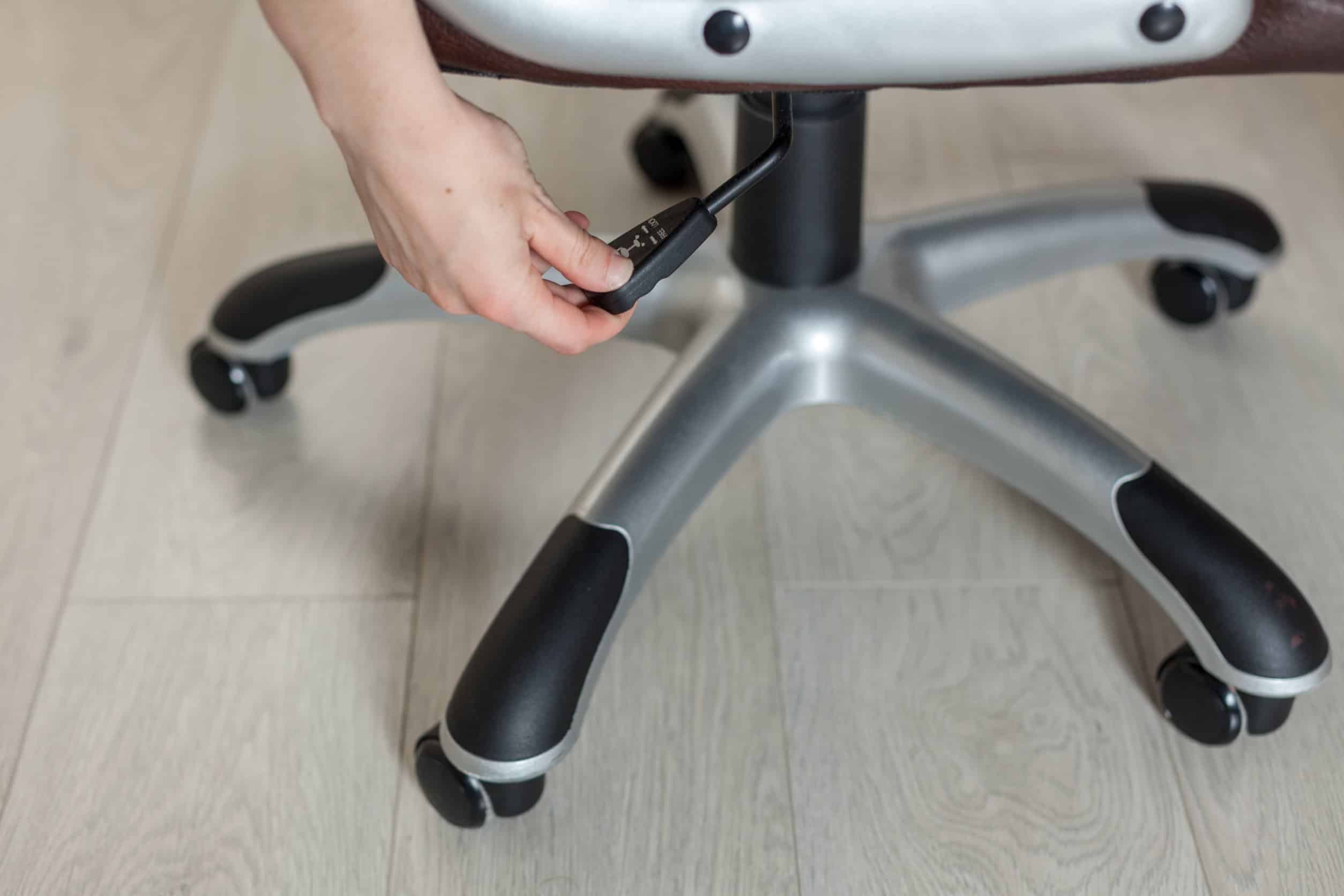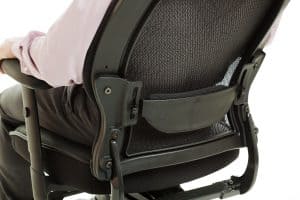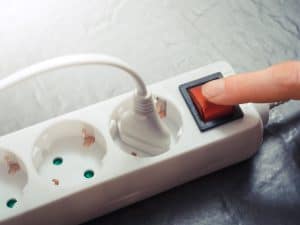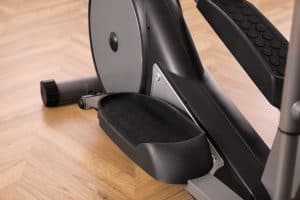Finding a comfortable office chair should be one of your top priorities if you have a desk job that requires you to sit for extended amounts of time. And if you’ve been on the lookout for a new office chair, you’ve probably looked at a lot of different chairs and don’t know how to decide which one to buy. All of the different options can be quite overwhelming, and the different knobs under the chair don’t make it easier for a person to figure out what each one does.
Although office chair mechanics may be confusing to you, after reading this article you’ll have a new understanding of what all the different knobs on an office chair do. We’ll discuss the tilt tension knob, the height adjustment, and much more, so we hope all of this information will be beneficial when you’re deciding on which chair to buy.

What Does the Knob Under My Chair Do?
Depending on the type of office chair, you can find a number of different knobs under the seat and each has its own purpose. So, in the following articles, we’ll discuss the knobs that are commonly found under office chairs and their purpose.
But before we get started, we need to mention that each office chair is different, so your chair may have one, two, all of the knobs, or none of the knobs. Moreover, some of the knobs may be located in a different place depending on the design of the specific chair, but it will be easy for you to distinguish between the different knobs once you finish reading the article.
Height Adjustment
The first feature on our list is the one that’s found on almost all office chairs. This feature enables you to change the height of the chair and find the most suitable position that enables your feet to be firmly planted on the floor, or resting comfortably on the footrest under your desk.
The height adjustment knob (or paddle) is located under the side of the seat, often on the right side, and if there are other knobs there, the height adjustment knob is usually the one in the middle. When you want to adjust the height of your chair you need to pull on the knob that’s connected to either a hydraulic or a pneumatic metal shaft under the seat that moves the seat of the chair up or down.
Keep in mind that as this is one of the most used features, it’s also the first one to stop working over time, and you end up with a chair that sinks down at the lowest level. If this happens to you, you needn’t worry as this is a problem that you can easily fix by changing the metal shaft.
Chair Tilt Tension
Next on our list is the tilt tension feature. This is the feature that enables you to rock your chair back and forth, as well as recline it. This feature is useful when you need a short computer break and just want to relax in your chair, and with the tilt tension, you can easily recline your chair to the position that’s comfortable for you.
Occasionally, the tilt and tilt tension adjustment are listed as separate functions on the chair, but essentially they do a similar task and you can’t have one without the other. The tilt tension knob is generally located underneath the seat of the chair and it is the biggest round knob on the chair in some chairs, the tilt knob is located at the side of the chair.
In order to adjust the tilt tension, you need to turn the large round knob, recline the seat to your desired position, and turn the knob again to tighten the tension. This feature will give you the opportunity to find a comfortable position for different tasks that you may be doing at the computer and is one of the most used features of all.
Back Height Adjustment
One of the reasons why people purchase office chairs is the comfort and support that these chairs provide for your back and how easily adjustable they are. Another feature that you often find on office chairs is the back height adjustment.
This knob that’s located under the backrest helps you position the backrest and move it lower or higher. To change the position of the backrest you need to turn the knob in order to release the tension, lower or raise the backrest to the position that’s most suitable for you, and tighten the knob again to make sure that the backrest stays in that position.
In some chairs, this feature can be a ratchet instead of a knob and you just need to pull the backrest up or down to get it to a position that’s the most comfortable for you. As you pull or push the backrest, you’ll hear a click as the backrest gets locked into a position. The knob enables you to position the backrest at a specific height, while the ratchet technique has a few fixed heights, so choose the one that best fits your needs.
Seat Depth Adjustment
This next feature helps you maintain good posture as you’re working, provides better lumbar support, and makes sure that you have good circulation in your legs. The slider that helps you adjust the seat is located on the left side of your seat and you can use it to lengthen or shorten the distance between the chair’s back and the seat.
Depending on your height, the ideal seat depth for an office chair will vary, but it generally falls somewhere between 17 and 20 inches. When adjusting the depth of your seat it’s best to leave a distance of at least 2 fingers between the front of the seat and the back of your knee.
When the back of your knees touches the seat, this is often the cause of blood circulation being cut off which ends up with you having swollen feet, or backaches if the back of your knees is too far from the seat. By adjusting both the chair seat height and the chair seat depth you’ll be able to find the most ergonomic position for your body and ensure that you have good posture as you’re working.
Armrest Adjustment
While this isn’t a knob that’s located at the bottom of your chair, it’s still necessary to adjust it to make sure that you have the correct posture as you’re working. Office chairs with an adjustable armrest enable you to position your shoulders properly and avoid muscle aches as you’re working long hours in your office. The armrest prevents slouching and gives support to your forearms and elbows.
Depending on the type of chair you have, you can pull the armrest up, lower it down, or move it to the sides in order to find the position that you feel most comfortable working in. It’s best to adjust the armrests so your elbows are located directly under your shoulders. Moreover, as you adjust the width of the armrests you make sure that the muscles in your neck, shoulders, arms, and hands are relaxed as you work.
Final Thoughts
After reading this article you probably figured out that good posture is of the utmost importance when sitting in front of a computer for long hours. For that reason, purchasing an ergonomic chair that enables you to customize your sitting position should be at the top of your list. And as you shop for your new chair you now know what all of the knobs and pulls are used for and how they can help you make the chair most comfortable for you.





